The phone as computer companion—or outright replacement—is an idea as old as the smartphone itself. And with today's faster mobile processors, higher local storage levels and direct access to cloud-based work, the dream is finally a reality.
Microsoft obviously should’ve owned this corner of the tech market. It certainly gave it its best shot with Windows 10 Continuum, which connected Windows 10 Phones to a special port-filled block to transform your palm-sized phone into a desktop-sized PC—as long as you had a screen to plug it into.
Microsoft obviously should’ve owned this corner of the tech market. It certainly gave it its best shot with Windows 10 Continuum, which connected Windows 10 Phones to a special port-filled block to transform your palm-sized phone into a desktop-sized PC—as long as you had a screen to plug it into.
However, with virtually no mobile market share to bolster it, interest in Microsoft’s do-everything platform has all but evaporated.
Samsung, though, knows a good idea when it sees it.
DeX, short for "Desktop Experience," is Samsung’s new dock specifically designed for the new Samsung Galaxy S8 and S8+ smartphones. When closed, it looks a little like a hockey puck. A top slice slides back and up, revealing the space for the phone and serves as a stand for the phone.
The dock connects to an HD screen via HDMI and to a mouse and keyboard through either USB or Bluetooth. There's also an Ethernet port.
To get started using your new desktop with a mobile brain, you simply unlock the phone, perhaps using the device’s new facial recognition technology.
The combination doesn’t just throw Samsung’s TouchWiz interface up on the big screen: It transforms Android into a mouse-friendly, widescreen interface. Everything from the resolution to the layout of all the elements appear optimized for a desktop display, including the App Tray, Settings and Notifications.
Essentially, the system will work like a desktop, responding to common keyboard shortcuts like Ctrl+C and accepting right-clicks of the mouse for access to contextual menus.
Samsung also worked with partners like Adobe and Microsoft to optimize the Android versions of their apps for the desktop. The entire Microsoft Office Suite, including Word, Excel and PowerPoint, could easily be mistaken for the applications running on a Windows desktop.
Apps that haven’t been optimized for the DeX dock, of which there are many, will still work, but they may be scaled versions and probably won’t offer re-sizable windows.
The DeX dock will also support the same multitasking already available on Samsung mobile devices.
But DeX has one more trick up its sleeve: Windows 10. Samsung worked with Citrix and VMware to port virtualization tools to the Galaxy S8 and S8+ phones. That means the DeX dock lets you run virtualized versions of Windows 10 while still maintaining full access to the Android subsystem.
During our brief demo, we saw the Windows 10 desktop live with the Android system operating in the background. There were also brief, successful demonstrations of Word and Adobe photo-editing running on the desktop version of Android.
Unfortunately, DeX dock only works with the new Samsung Galaxy S8 and S8+, at least for now.
DeX will list for $149 for the standard version and $159 for the fast-charge base. Availability has not been set.


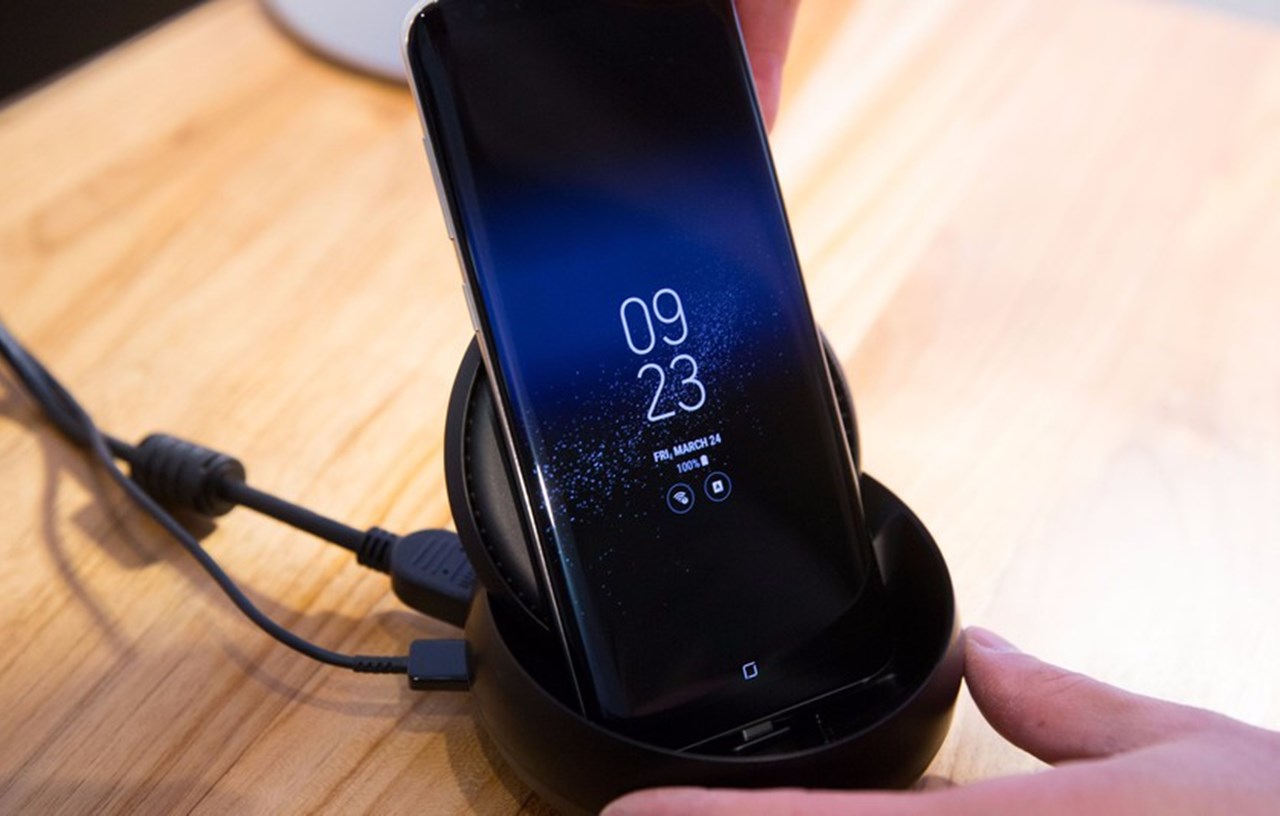
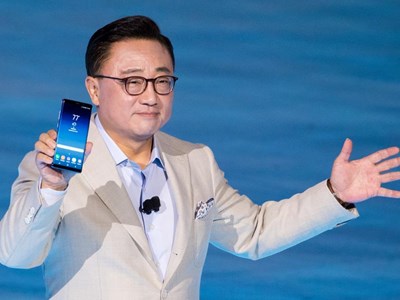
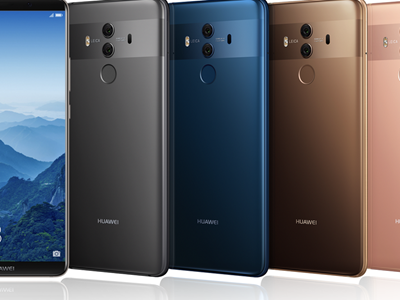
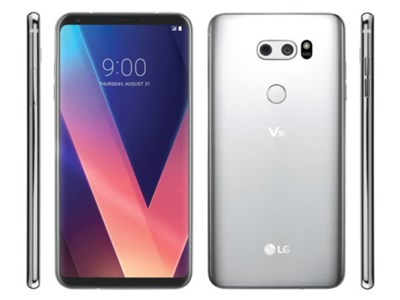


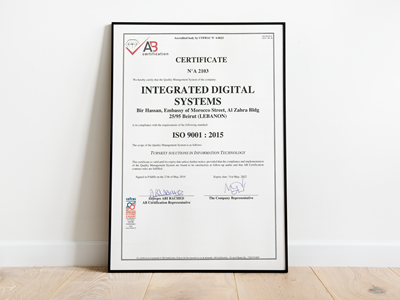
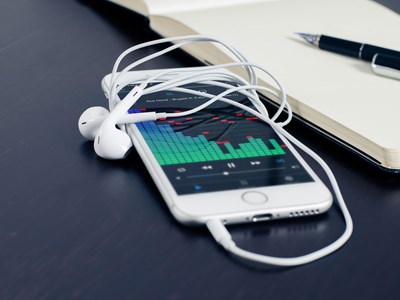
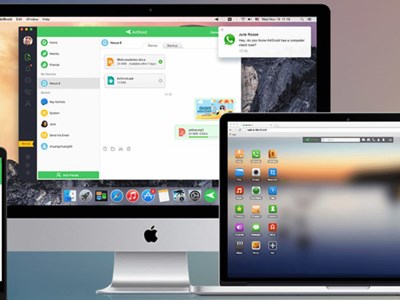
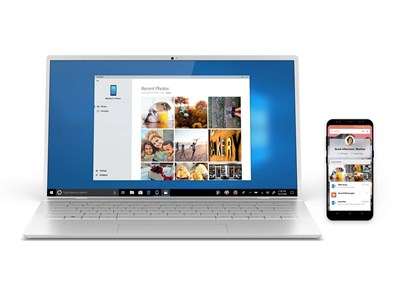

Comments